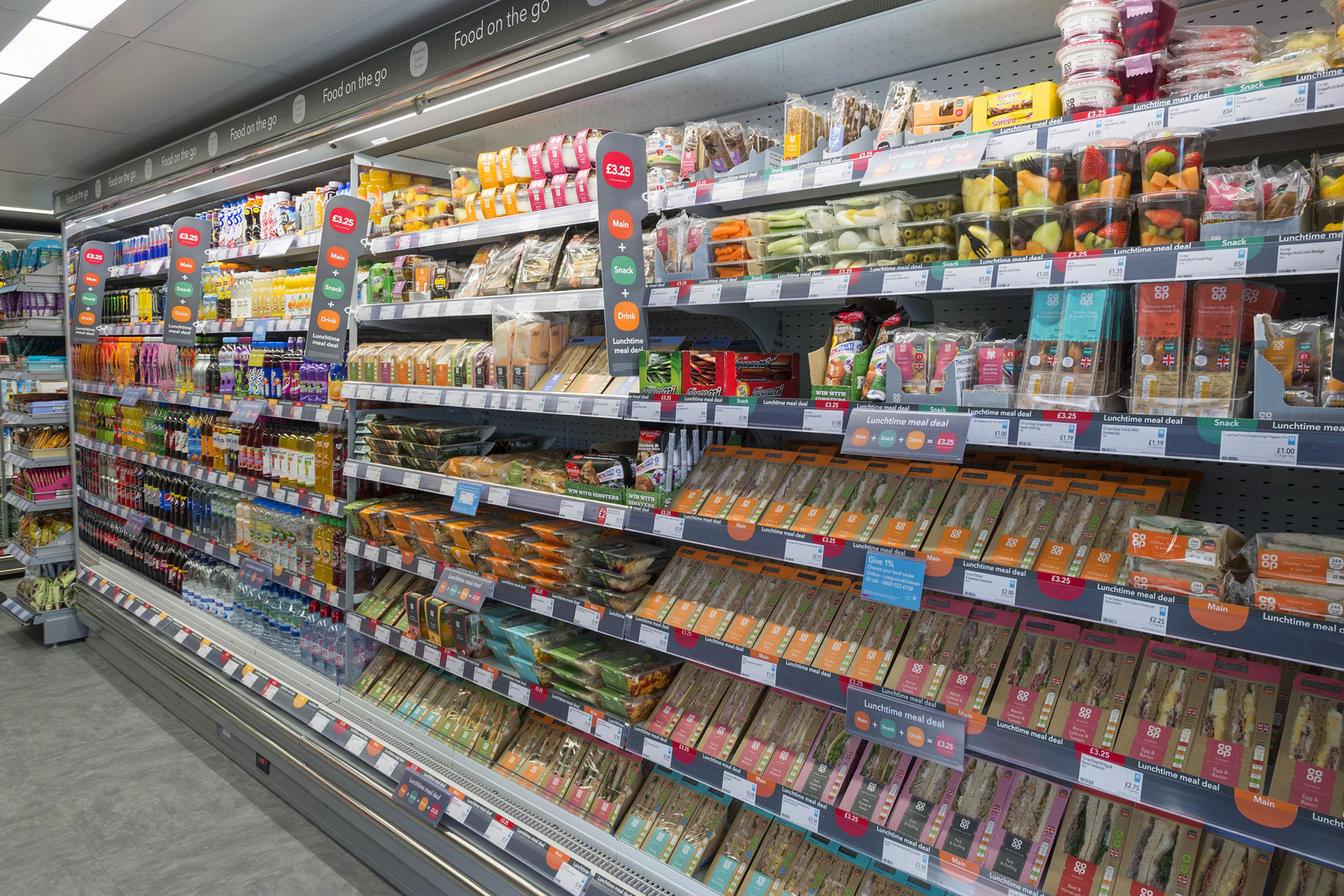Hyperlocal is a marketing buzzword to remind big brands to connect with their communities – and connecting with communities is one of the key pillars of a co-operative.
Normally, this works best for a small co-op that is fully embedded in a town or village – but how can a large national or regional co-operative be local?
The Co-op Group is looking to address this question by thinking hyperlocal. Over the past few years, members have called for stores to stock more local food. Logistics have prevented this from happening on a large scale, but now the Group is edging towards a strategy that will stock the products that the community wants.
Putting the community and store managers in control is the key change that co-operatives must embrace, according to the Group’s retail innovation partner JDA.
Making stores shopper-centric
The firm has been working with the Group for a number of years to help the retailer with shelf replenishment and store layout. Now they are taking the partnership to the next level to help the Group realise its ambition of becoming the UK’s number one convenience retailer.

Jason Shorrock, vice president of retail strategy for Europe, Middle East and Africa at JDA, describes its range of retail solutions as ‘shopper-centric’ – and believes this is especially important factor for member-owned businesses.
“Traditionally retailers have thought largely about which product they want to sell and how much they want to sell it for,” he says.
“From our perspective, as customers change their expectations, retailers have to think about which customers are coming through the door, what do they want to buy, and how we can make sure those items can be provided in their local stores
“We help the Co-op to adapt the local range in stores to the local customers in the area through a combination of analysis of what has been sold in the past and to who, and local knowledge through input from store managers.”
Related: Why co-op retailers should deliver the unexpected
Thanks to a selection of planning and assortment solutions, Mr Shorrock says Co-op customers will notice that the products they see in their local stores are well matched to what they want to buy, whether that’s fresh rood, food to go, food for families or particular ethnic goods. Customers will also notice fewer empty shelves – something he describes as “a perennial problem for retailers”.
Alongside making sure that what is being offered in different stores is “relevant and right for their communities”, JDA also encourages collaboration with local and regional manufacturers, suppliers and producers. “We will encourage a better way of doing business by helping the Co-op do business more efficiently,” says Mr Shorrock. “Taking away some of the mundane tasks helps a business to run more efficiently and gives employees more time to engage with members and customers.”
JDA has also worked with co-operatives in Denmark and Italy, as well as the UK’s Southern, Channel Islands, Midcounties and Scotmid retail societies, but they also work with manufacturers. “The business of what to put in stores is a collaboration between retailers, merchants, store managers and manufacturers and producers,” he says. And by working more cohesively along the supply chain, it gives value at every point.

The Co-op Group has been working on store ranges and layout stores, and is now getting to the stage where every store and shelf is planned in detail and linked into the replenishment process. Mr Shorrock says that other retailers who have done this have seen a typical range of uplift as 1-5% of total revenue – with uplifts in some categories of up to 30%.
Future food for thought
JDA has seen retailing change significantly over the last three decades, especially through the rise of the internet and in the way online shopping has changed customer expectations.
“People expect anything to be shipped from anywhere to anywhere. Consumers are more comfortable with using their mobile devices in stores to look up items, check reviews and order online,” he says.
“It’s increasingly common for smart devices to be seen in the hands of colleagues as well as consumers – and we are starting to see the introduction of digital displays, and kiosks where you can look up information. In the future, there will be robots that do stock checks – used well, technology can improve the customer experience and remove mundane jobs.”
He explains how the British Retail Consortium has been doing a lot of work on the impact of technology. “The prediction is that there will be fewer jobs in retail, but we believe there will be better and more fulfilling jobs for staff – it will be more about customer engagement and service. So there are pros and cons.”
Mr Shorrock believes the future of retail is “hassle-free and frictionless” shopping. “Shopping will be really easy,” he says. “Technology will remove all the awkward and annoying things about shopping, and instead people will go out to convenience stores to have culinary experiences, talk to knowledgeable people and try and learn new things. It will be about going to have an experience and enjoy a different aspect of food and eating.
“Technology removes basic drudgery – that will extend to shopping.”

